Kamakura is a historical city similar to Kyoto and Nara.
At the end of the 12th century, it became the seat of the shogunate and political center of Japan.
The period during which the shogunate was here from around 1185 to 1333 is called the Kamakura period.
Kamakura is now a popular tourist destination among both Japanese and foreign tourists because of the sense of history that you can feel in the many old structures that still remain.
Because Kamakura can be reached in just about an hour from Shinjuku in Tokyo, it is perfect for a day trip from Tokyo.

One of Kamakura’s most popular tourist sites is Kotokuin Temple.
It features an overwhelming large seated Buddha statue with a height of 11.39m called the Kamakura Daibutsu.
Many things about the statue are unclear, such as when it was made, but there are various theories.
While it was originally in a large temple hall called the Daibutsuden, the building was destroyed by disasters and the Buddha has since sat out in the open as it does today.


Because Japanese temples often have beautiful gardens, one can enjoy the seasonal flowers when visiting.
This area is particularly well known for hydrangea flowers that are in full bloom from mid-June to early July.
Many flowers can be seen in the north part of Kamakura where the Meigetsuin Temple that is also called the Ajisaidera Temple (Hydrangea Temple) is located, as well as the Hase area where the Hasedera Temple and the Jojuin Temple are located.

The bamboo forest of Hokokuji-Temple that is also known as Take-dera (Bamboo Temple) is also recommended.
You can really feel the elegant spirit of Japan in the quiet rustling of the bamboo leaves.
You can also enjoy green tea and Japanese sweets while taking in the scenery of the bamboo forest.

Another popular sport is the Tsurugaoka Hachimangu Shrine, which was the most important shrine for the Kamakura shogunate.
The dove which is the symbol of the temple was said to be the servant of the deity Hachiman, and there are many doves on the shrine grounds.
We recommend that you try your luck at omikuji, which is a traditional Japanese form of fortune telling.

Hato Sabure (Dove shortbread cookies) are a classic souvenir from Kamakura, and the design is based on the doves of Tsurugaoka Hachimangu Shrine.
The main shop is on the path approaching the shrine and we recommend that you visit if you have the opportunity.

Kamakura is also known as a seaside town.
There are many famous beaches that become bustling with people swimming in the summer.
Yuigahama Beach is displayed in the photo.

We recommend using the charming train called the Enoden to get around Kamakura.
The retro rail cars are one of Kamakura’s attractions.
Why not plan a trip to Kamakura if your stay is going to be based in Tokyo?
We are sure that you will be able to feel Japanese history and culture.
Information
http://www.kamakura-info.jp/
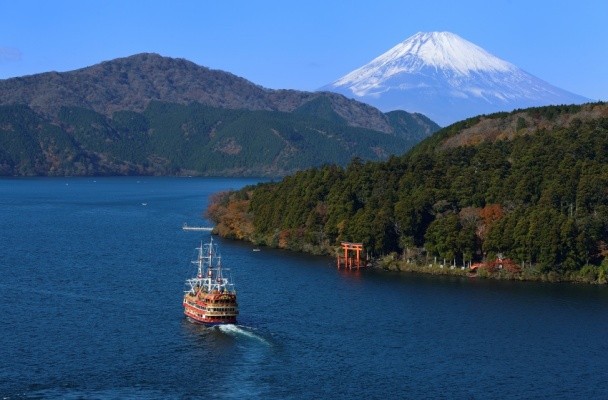
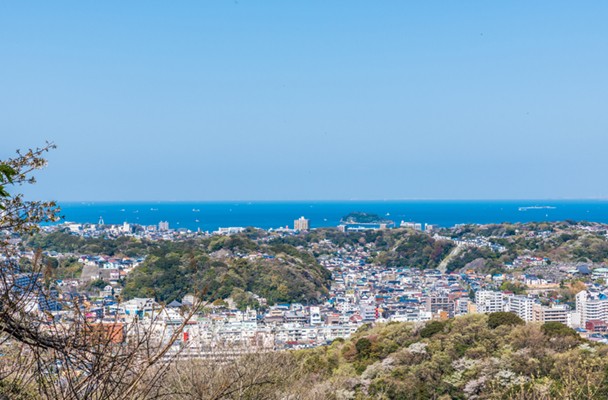
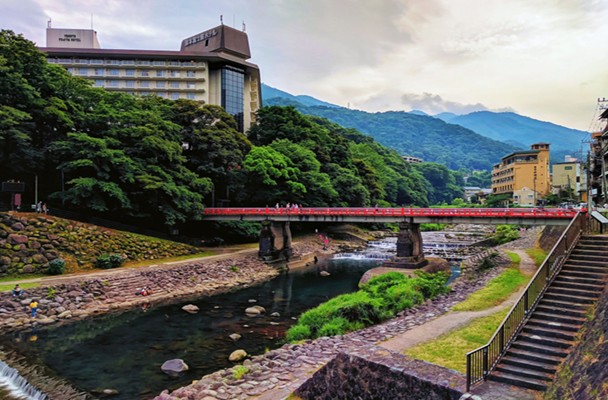
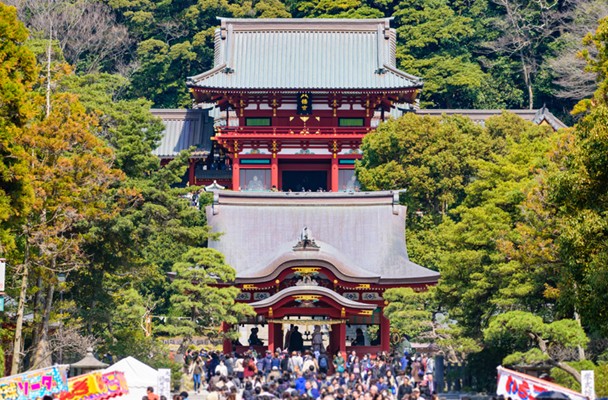
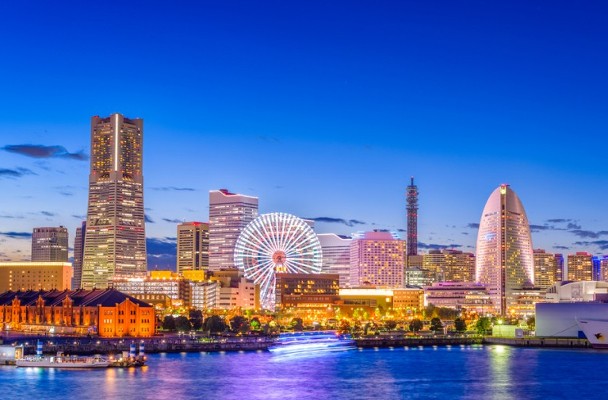
Comments